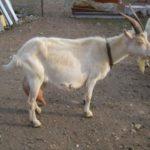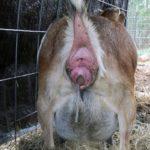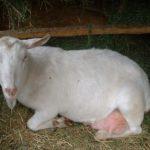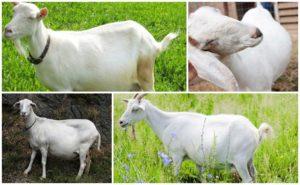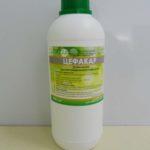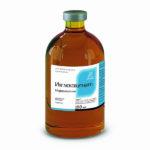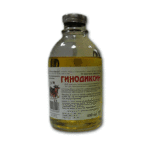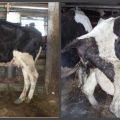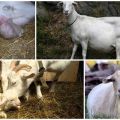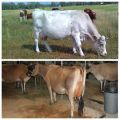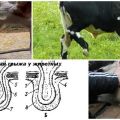Causes of discharge from the noose in a pregnant goat before lambing and what to do
Experienced breeders, who closely monitor their livestock, regularly note the occurrence of secretions in the goat before lambing begins. This can be due to various physiological reasons and pathological conditions. Normal discharge does not require veterinary intervention; if painful discharge appears, it is worthwhile to immediately start treating the animal.
Causes of white discharge in a pregnant goat
The appearance of white liquid in pregnant cattle can be associated with both the approach of the moment of birth and the development of dangerous diseases.
Approaching labor
One of the most accurate precursors of the onset of labor is the softening and release of the mucous plug from the cervix. The cork is a kind of protective barrier through which pathogenic bacteria and microorganisms cannot enter the fetus.
2-3 days before the onset of labor, the cork gradually softens and turns into viscous white mucus, which gradually leaves the cervix, opening it. You can notice this discharge on the labia of the animal and the inner surface of the tail.
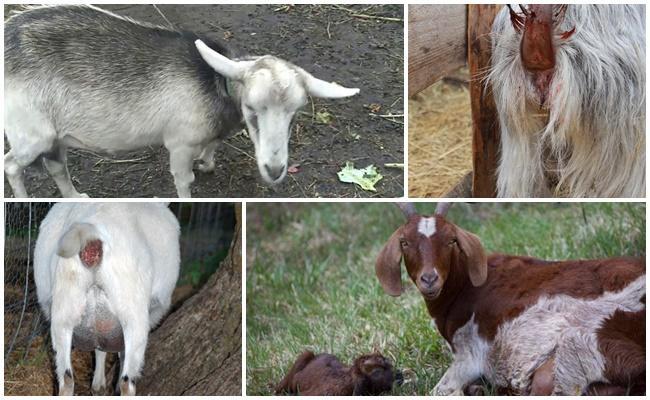
Diseases of the reproductive organs
If the animal develops an acute inflammatory process of the internal reproductive organs, white discharge from the loop is also noticeable. In some cases, with severe inflammation and involvement in the suppuration process, the color of the mucus can change from cream to greenish.
Such conditions require an urgent veterinary examination for the purpose of both diagnosis and selection of treatment.
By the nature of the discharge from the goat loop, it can be:
- Purulent - with clearly visible particles of pus and a characteristic pungent odor.
- Serous - liquid, gray tint.
- Hemorrhagic - brownish brown or light streaked with blood.
- Gangrenous - when the inflammatory process is so strong that the damaged tissue dies and goes out.
- Mixed - when several pathologies occur simultaneously during the inflammatory process.
All inflammatory processes of the reproductive organs pose a danger to the health and life of the animal. With the development of the disease, it is possible to interrupt the current pregnancy, hormonal failure, lack of sexual desire, infertility.
What do we have to do
Complex therapy is used to treat acute inflammation. It includes the following steps:
- thorough cleaning of the internal genital organs from pathological secretions;
- fight against pathogenic agents;
- increasing the overall resistance of the body.
Lavage is carried out by catheterization of the vagina. Antimicrobial solutions are poured inside: a slightly pink solution of potassium permanganate, a solution of furacilin, rinsing with saline is allowed until complete cleansing. You can use specialized veterinary drugs such as "Ginodixin", "Ihglukovit", "Tsefakar".
After complete cleaning, it is necessary to inject the animal with a drug that stimulates uterine contractions. It can be "Oxytocin", "Oksylat", "Gipophysin", "Mastometrin". The dose is calculated in accordance with the instructions, taking into account the weight of the animal.
The next stage is antibiotic therapy. You will need to call a veterinarian at the onset of the disease to take the pathological exudate for analysis in order to identify the pathogen. Based on the test results, the most suitable antibiotics are selected. Most often these are drugs with a wide spectrum of action, such as Baytril and Penstrep.
It is very important to monitor the living conditions and diet of a sick animal. The goat should stand on a thick layer of litter, which is regularly renewed partially or completely. The diet should be based on easily digestible feed - hay, haylage, mixed feed.
